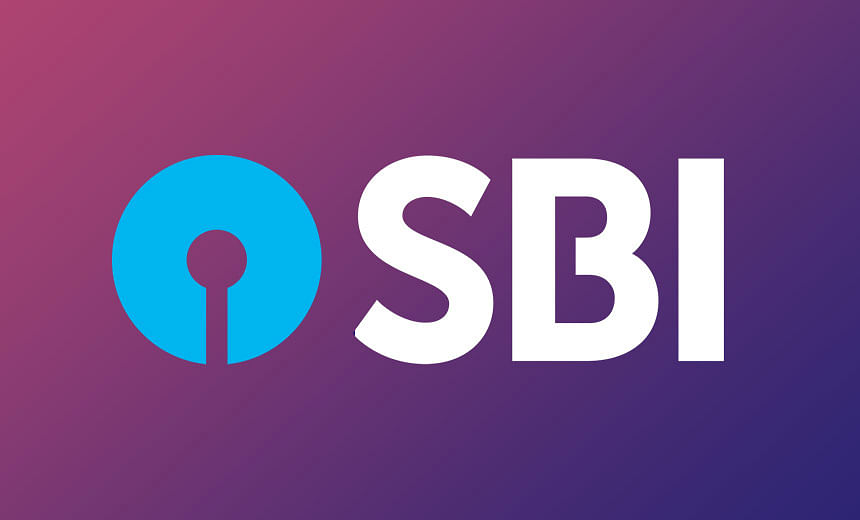
school
Non-performing or "hollowed" government schools should be handed over to private players under the public- private partnership (PPP) model, government think tank Niti Aayog has recommended.
The Aayog, in its recently released "Three-year action agenda", has recommended that the idea, where the private sector adopts government schools while being publicly funded on a per child basis, can be explored.
According to the report, while the number of government schools increased over the years, the enrolment numbers in them have been falling drastically while the number of students enrolling in private schools has been on a rise leading to "hollowing" of state-run schools.
High rate of teacher absenteeism, limited time spent on teaching when the teacher is in class and generally poor quality of education are among important reasons for this emptying out. Outcomes are worse in government schools than in private schools, it said.
"A working group should be set up with states participation to explore and pilot other bolder experiments by interested states. These could include education vouchers and local government led purchasing of schooling services.
"PPP models could also be explored where the private sector adopts government schools while being publicly funded on a per child basis. This may provide a solution to the problems of schools that have hollowed and are incurring massive expenditures," the Niti Aayog recommended.
During 2010-2014, public schools increased by around 13,500 in number but total enrolment in them fell by 1.13 crore. In parallel, private school enrolment rose by 1.85 crore. This shift has been accompanied by hollowing of an alarmingly large number of public schools, the report said.
As per statistics cited in the report, there were about 3.7 lakh state-run schools with less than 50 students in 2014 -15, which is around 36 per cent of total number of public schools.








